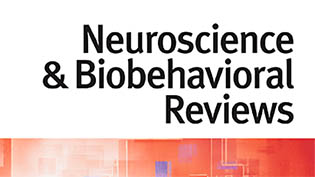Using deep learning to investigate the neuroimaging correlates of psychiatric and neurological disorders: Methods and applications
Authors: Sandra Vieira, Walter HL Pinaya, Andrea Mechelli*
Journal: Neuroscience & Biobehavioral Reviews
DOI: 10.1016/j.neubiorev.2017.01.002
Abstract: Deep learning (DL) is a family of machine learning methods that has gained considerable attention in the scientific community, breaking benchmark records in areas such as speech and visual recognition. DL differs from conventional machine learning methods by virtue of its ability to learn the optimal representation from the raw data through consecutive nonlinear transformations, achieving increasingly higher levels of abstraction and complexity. Given its ability to detect abstract and complex patterns, DL has been applied in neuroimaging studies of psychiatric and neurological disorders, which are characterised by subtle and diffuse alterations. Here we introduce the underlying concepts of DL and review studies that have used this approach to classify brain-based disorders. The results of these studies indicate that DL could be a powerful tool in the current search for biomarkers of psychiatric and neurologic disease. We conclude our review by discussing the main promises and challenges of using DL to elucidate brain-based disorders, as well as possible directions for future research.
